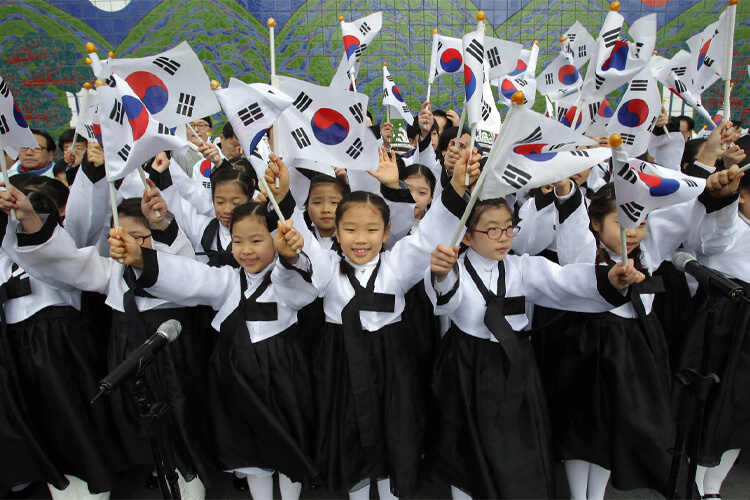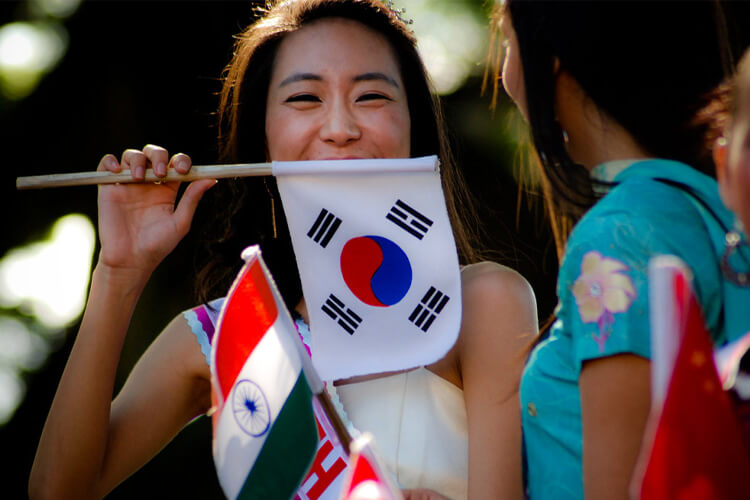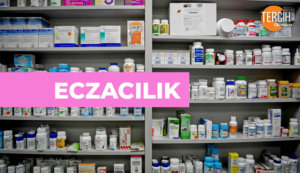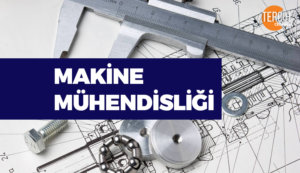
Especially the South Korean education system ; Technologies from every field, world-famous K-pop groups and TV series stars can come to our minds. This peninsula country, which has developed and continues to develop itself in many ways, continues to maintain its rightful superiority in the subjects for which it has become famous.
South Korea is one of the developed countries, which has made a name for itself with its education system. Before addressing the issue of the education system, it is the 11th largest city in the world, with a national product of 1.509 trillion dollars as of 2016. Let’s take a look at South Korea, which has an economy.
When we look at its history, the foundation date of the first state in Korea dates back to 2033 BC. Korea, which has been ruled by different and various dynasties throughout history; It has become the lands claimed by China and Japan. After the Second World War, it declared its independence as the Republic of Korea.
The Korean War started when North Korea attacked the South region in 1950; Against North Korea, which received the support of the USSR and China, the UN countries, including Turkey, supported South Korea. The war, which lasted for 3 years, ended with the ceasefire agreement and this agreement is still continuing.
So how did South Korea, which has lived under protection and fought great wars throughout its history, have one of the most advanced education systems?

98% of South Korean people are literate. The education system, which has been under the control of the Ministry of National Education since 1948, is kept away from politics and independent of politics. When we look at the system of the Ministry, we can say that the system has changed many times.
The following information about education is mentioned in Article 27 of the South Korean constitution: Every citizen has the right to benefit from education equally. Every citizen is responsible for the education of all children. Compulsory education is free. Freedom and political neutrality are ensured in education. The basic issues in the education system are regulated by law.
“Hongik Ingan” ideology
This phrase is like the unofficial motto of South Korea. Its Turkish equivalent can be translated as “to depend on human loyalty”. We can say that it is the original founding philosophy of Korea that transcends the boundaries of ideology and religion. Education systems continue in parallel with this ideology.
This ideology aims to raise every Korean citizen as self-confident individuals who contribute to the democracy of their country and other societies and prioritize the welfare of their country. According to this purpose; The Ministry of National Education is responsible for the creation of the textbooks and curricula of primary, secondary and higher education institutions and the development of lifelong education.
South Korea Education System

The South Korean education system takes place in the form of 6+3+3+4 years. Although the starting age of primary education is 7, if we exclude some private schools; Primary education is free for every individual. High school education is divided into three main parts. These sections are; general, vocational and other (foreign language, fine arts, etc.). Higher education institutions choose their students themselves, and students who are entitled to study at that institution can continue.
Kindergarten Education
In kindergarten, children are prepared for primary school and receive an average of 3 hours of education per day. The age range of this process is between 3-5. Most children learn to read and write during this period, before entering primary school. Generally, English is taught as a second language alongside the mother tongue.
Primary Education
The school starting age for primary school is set at 6. This process is mandatory and free of charge throughout the country. The rate of children going to school in primary school remains seriously high at 99.9%. The country’s average class size is 27. Education continues 210 days a year.
Secondary Education
Children who go to secondary school are between the ages of 12 and 14. Even though vocational guidance has been started, there is no entrance exam for high schools . At the secondary school level, it is arranged so that there is 1 teacher per 15 students on average.
High school education
In high school education, students between the ages of 17 and 19 receive education. According to the high school curriculum, the education period is determined as 3 years. The number of high school graduate students in the country is 98%. In the preparation process for university, field preferences 11. is done in the classroom. Accordingly, students; chooses one of the fields of social sciences, natural sciences or vocational education. Private course and private tutoring system is very common in high school.
Being a middle and high school student in South Korea is defined as a very difficult process. After the full-day training, there are exam preparation and language courses. You can go home late in the evening. In these periods of high ambition and competition, children struggle with sleepless nights. Their biggest dream is to step into a prestigious university life.
Transition to Higher Education

In the university transition system, an exam is held once a year. In the exam consisting of 5 parts; They are solving questions from mathematics exam, mother tongue exam, English foreign language exam, social sciences, science, Chinese as a second foreign language and vocational education. These exams last from morning to evening. There is even a lunch break. Students’ high school success and talent earn them points. There are even students who get a chance to enter the university with just this score.
While a strict education system prevails in South Korea, what is the reason for the great achievements according to the PISA index?
We can say that the South Korean education system, which we have examined in general terms, does not torture students from the beginning to the end of their school life. Despite this, it manages to make a name for itself not only in Asia, but also all over the world.
Outstanding achievement in international success measures such as PISA; It seems as a proof that not only liberal education systems like Finland but also rigid and oppressive education systems like South Korea can lead to success.
Interesting points about the South Korean Education System:
- The comprehensive education period begins with primary school. In addition to courses such as basic mathematics and science, social studies are also included.
- For Korean students, who are responsible for 11 core subjects in middle school, the day is not limited to this. In addition to these courses, there are also obligations to attend vocational courses and pass them successfully. Don’t be surprised when they come home after a classic day; They can be at home around 22:00.
- The number of students who committed suicide due to the insurmountable difficulties in the South Korean education system is a subject of research. Although it has made a name for itself as a successful education system, the suicidal tendency of the young generation in the country worries the authorities.
- Although high school education is not compulsory in South Korea, the high school participation rate is 97%. In the system, the student knows what he wants to do until he reaches high school, has discovered his interests and knows the field he wants to progress. It develops education in that field at the high school level.














